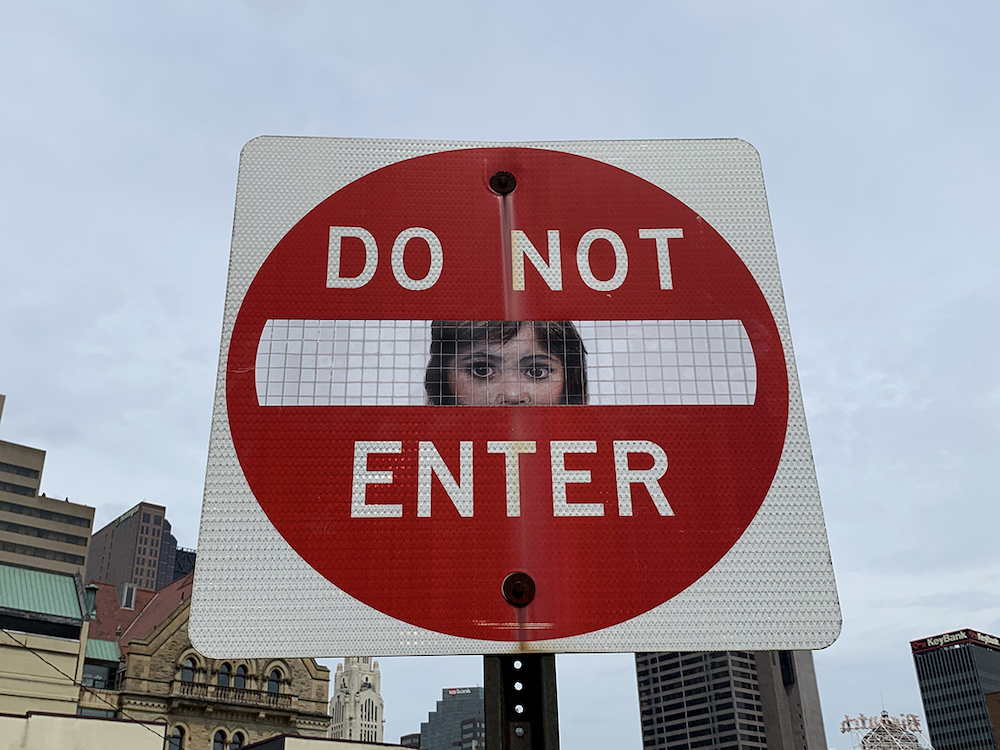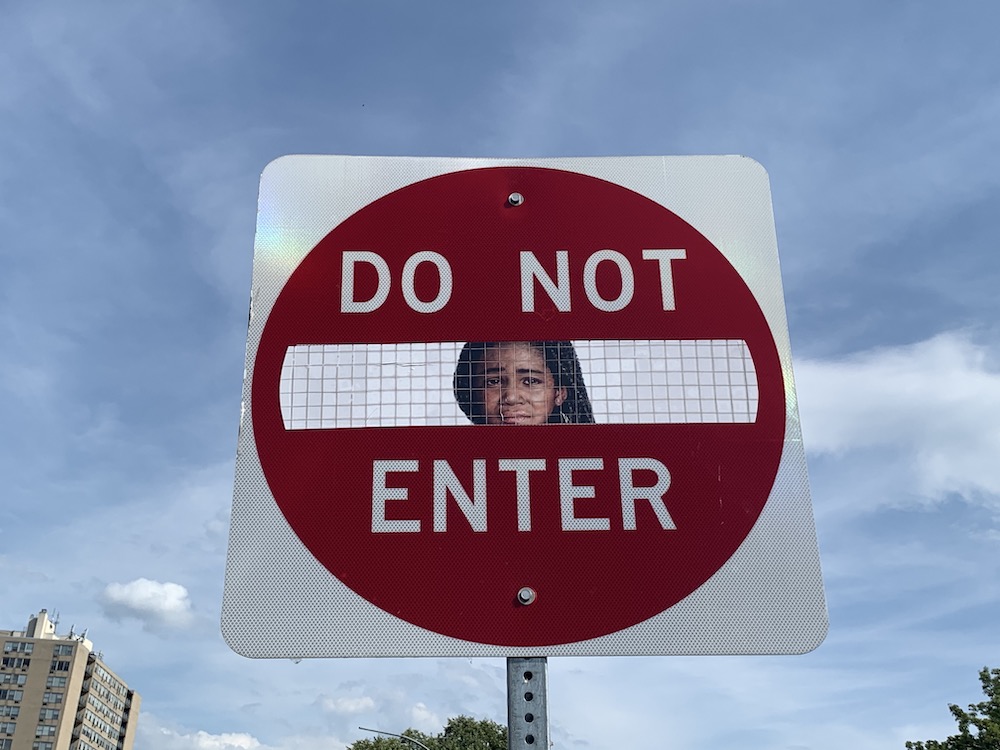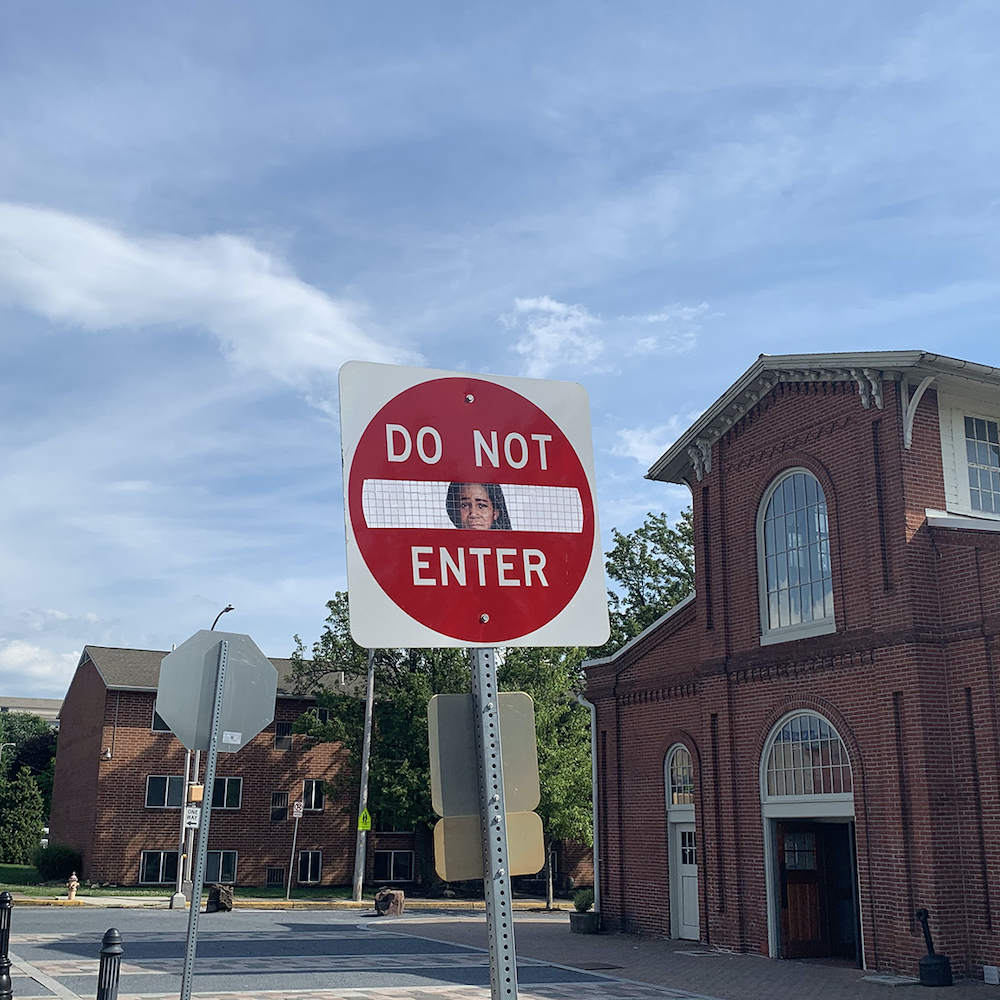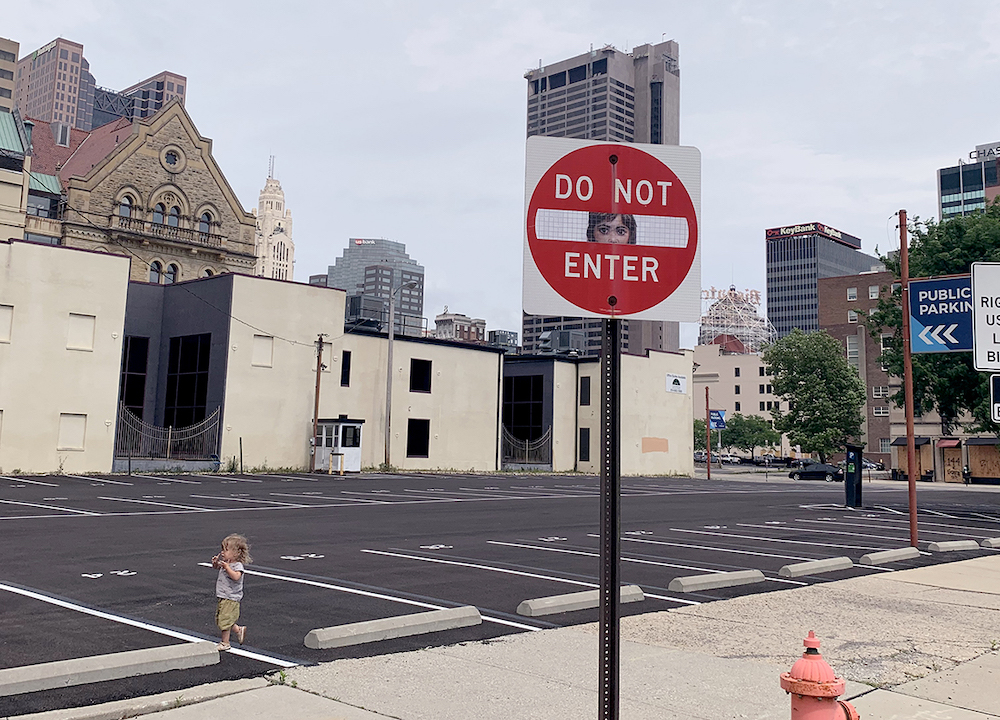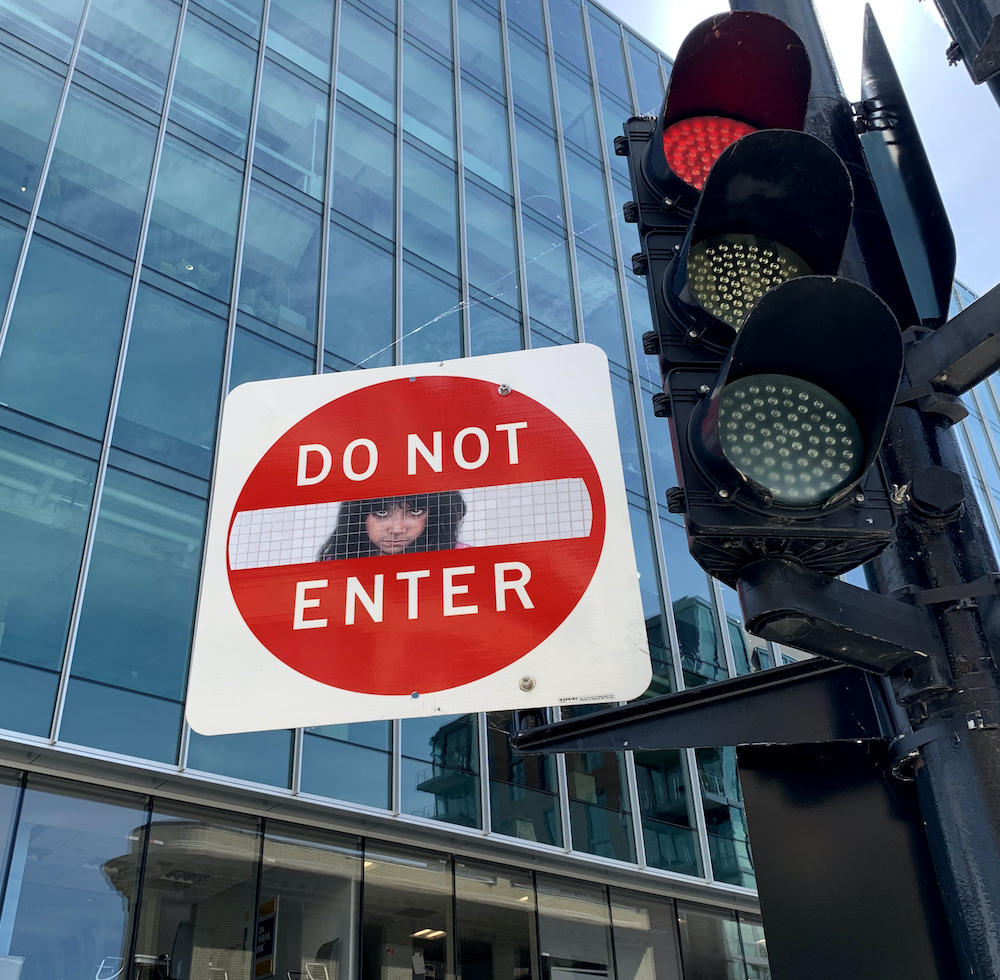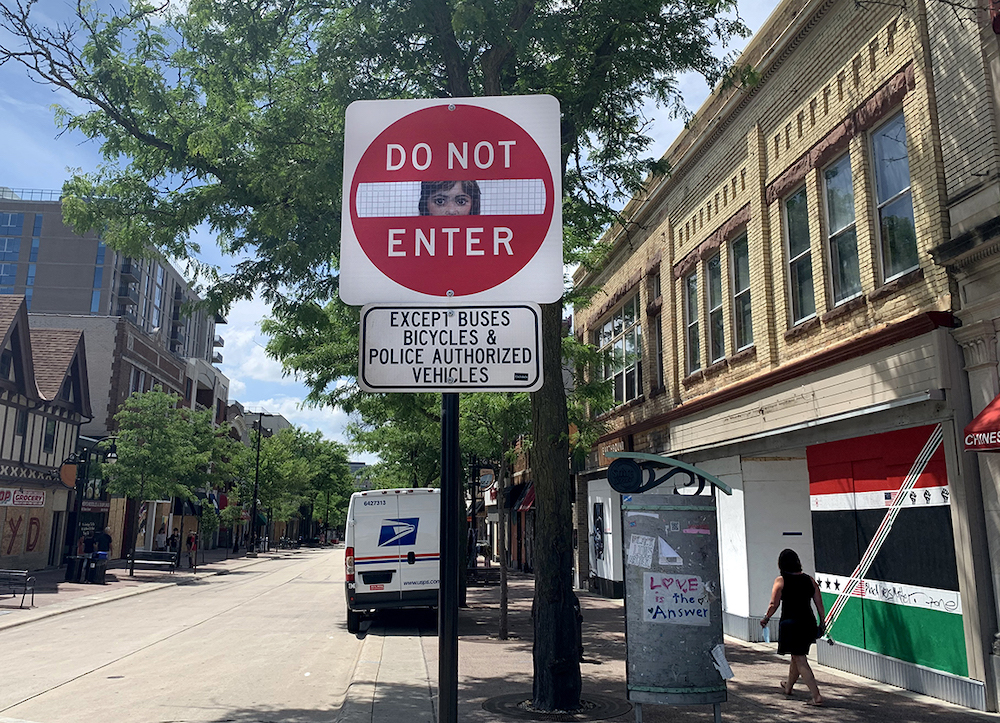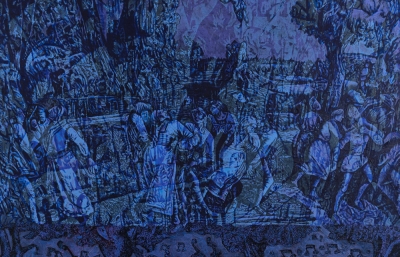The warning is sounded every election season, urgency that the upcoming vote is the most important in generations but, this year, hyperbole is an imperative: the 2020 American presidential contest could be the most important election in memory, no matter your zip code—or species, for that matter! Immigration, health care, women’s rights, voting rights, policing, climate change, social justice initiatives, housing, and the Supreme Court (all court appointments, really) are literally on the proverbial table, and in some cases, the chopping block. Voting, that is, actively participating in democracy, is vital.
Scanning the nation in late summer 2020, we found many artists with powerful messages and calls for action. But one project, in particular, stood out boldly, reminding us of the true spirit of interventionist street art practices and the political power such work can wield. NYC-based Dan Witz has made a practice of instilling subtle subtexts into his street works, hidden gems that blend into public space but glower with social urgency. Recently, Witz launched the Prisoners series, his contribution to, “addressing unlawful incarceration, which adapted well to an Amnesty International campaign about desperate political prisoners.” That work led Witz to spend 2019 working on a series that spoke on the border atrocity in America, where children were forcibly separated from their families and often placed in cages by authorities. With the election looming this year, Witz took his annual family trip to the Midwest, through many battleground states, and was once again compelled to confront his surroundings. “This summer, with the insanity of the pandemic and the vital BLM protests, as well as the ongoing but largely forgotten kids in cages, my title concept landed on, simply, #IsItSafe.
“We made a circuit of the Midwestern election swing state capitols: Harrisburg, Columbus, Indianapolis, Des Moines, Madison and Lansing. In each city, usually in close proximity to the state Capitol dome, I installed #IsItSafe modifications on Do Not Enter traffic signs. What I didn't foresee (my favorite part of these adventures) is that I would be on the ground and up close with the aftermath of each city's quite considerable BLM protests. Every capitol featured boarded-up windows, empty statue plinths, inspired murals, and wildly proliferating graffiti. The term “battleground state” took on new meaning. When I was installing my interventions, the streets were eerily quiet, but there was an unmistakable feeling that more was to come.”
We often wonder if the things we consciously choose to express, whether a piece of art or even an offhand but passionate comment on Instagram, makes a difference. Will it sway an opinion? Will it spark a deeper philosophical and ethical debate in the mind of a passerby? If this summer taught us anything, it is that change often needs to be willed by the people, that the collective power of hope and progress, understanding and decency, is a moral obligation. The next act of togetherness is to simply get out and vote like your life depends on it. —Evan Pricco

